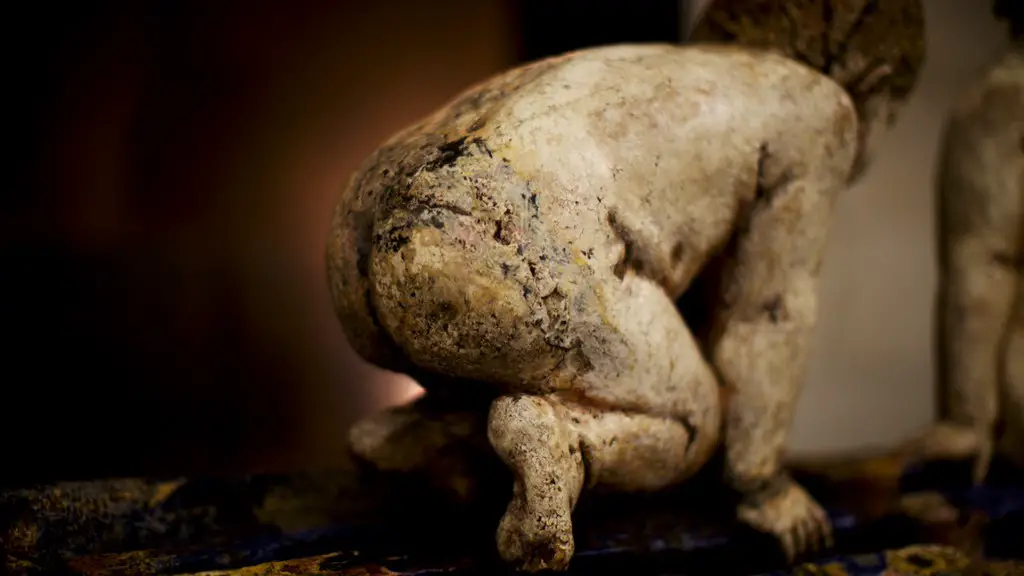Origin
Battlefield surgery dates back to ancient Rome when it was examined and explored by Roman physicians. During the period known as the Pax Romana, battlefield surgery was developed and Roman physicians played a key role in improving the quality and speed of medical treatment in the military. This is attributed to the increased political stability of the Empire which allowed more time to develop medical knowledge, along with the fact that Roman soldiers were continuously exposed to different wounds while on campaign. Roman surgeons developed a number of medical treatments, as well as instruments and techniques, to try and save the lives of injured soldiers.
The first use of battlefield surgery was during the Punic Wars, where it was used to treat injured soldiers. While at the time it was nothing more than crude techniques such as cauterizing a wound and sewing it up, it proved to be effective. As time progressed, Roman surgeons developed their techniques and began to employ various types of medicines and procedures to treat injured soldiers, including amputations, order splinting, and drainage of obstructions. Roman physicians also recognized the importance of cleanliness and developed antiseptic techniques, such as using heated metal tools and boiled rags, to reduce infection. As a result, battlefield surgery was highly advanced compared to other cultures at the time.
Instruments
In order to perform precise and effective surgical practices, Roman physicians developed a number of medical instruments. Scalpels and forceps were widely used by Roman physicians and remain in use today due to their great utility. Finger blades were also used to scrape away tissue and other infections. Other instruments included a variety of lances, drills, and saws that were used to amputate and remove fractured bones. While the instruments used were primitive compared to modern standards, they were more than enough for the task of treating injured soldiers quickly and effectively.
Roman battlefield surgery also included the use of various medicines and treatments. Herbal medicines such as opium, henbane, aconite, belladonna, and mandrake were all used by Roman physicians to treat pain and infection. These treatments were used in combination with surgery to provide the best outcome possible. One of the most popular surgical treatments was cautery, which was the use of heated metal tools to cauterize wounds and stop bleeding. This technique was used to prevent further infection and ensure a successful recovery.
Conclusion
In conclusion, battlefield surgery was advanced for its time and played a critical role in the success of the Roman Empire. Roman physicians developed and advanced the science of battlefield surgery with the use of various instruments and medicines, enabling injured soldiers to survive and return to active duty. Thanks to their efforts and advancements, battlefield surgery is still practiced today and is seen as a critical part of modern medicine.
Pain Management
In the context of ancient Roman battlefield surgery it is important to consider the role of pain management. Not only was Roman battlefield surgery effective, but it also minimized the pain of the patient as much as possible. Roman physicians were well aware of the lack of pain relief medicines and employed a range of techniques to try and reduce the amount of pain suffered by their patients. This included the use of distraction techniques, such as talking and jokes, as well as the use of locally available plants, including henbane and aconite, which acted as a mild anaesthetic.
Roman physicians also used a number of physical techniques to reduce pain. This included the use of the Hippocratic technique of splinting, which involved immobilizing the injured area and preventing further damage or pain. Compression bandages were also employed to help reduce swelling and provide stability. Traction, or applying a pulling force to an injured limb, was also used to help stabilize the injured area.
Training of Physicians
Along with the advancement of battlefield surgery during the Roman period, there was an increased demand for trained physicians. It was during this period that the first formalized medical training for physicians began to take place. Roman physicians had to first complete a rigorous set of apprenticeships that included training in anatomy, physiology, and the use of medical instruments. Only after this could they be considered qualified and competent to perform medical treatments. This training was a crucial aspect of the development of Roman battlefield surgery and played a major role in its success.
The training of physicians also included a more practical element, as they were taught how to treat hernias, fractures, and other medical conditions that were common on the battlefield. This education helped ensure that damages were not only effectively treated but were also prevented in the first place. This attention to prevention meant that the wounds of Roman soldiers were less severe and recovery was quicker.
Technology
The Roman notion for battlefield surgery was advanced for its time, but by modern standards would be quite rudimentary. Roman physicians had access to basic tools and techniques but lacked the technological advancements we have today, such as x-rays, CT scans, and MRIs. This meant that Roman physicians had to rely more on their sense of touch, sight, and smell when treating their patients. This made it more difficult for them to accurately diagnose and treat a wide range of injuries.
As technology improved and new medical practices were introduced, battlefield surgery became more advanced. This enabled physicians to diagnose and treat more complex medical conditions. In the twentieth century, with the development of advanced medical technology such as x-rays, MRIs, and CT scans, battlefield surgery advanced significantly, making it even more effective. With modern technology, battlefield surgeons can more accurately diagnose and treat even the most severe wounds.
Public Health
The development of battlefield surgery during the Roman period also had a significant impact on public health. Roman physicians were able to treat injuries more quickly and effectively, decreasing the need for expensive and time-consuming hospital stays. This led to an overall decrease in healthcare costs as a result of fewer injured soldiers needing long-term treatments. This also improved public health by allowing troops to be quickly reintroduced to active duty, and by ensuring that soldiers were kept healthy and out of harm’s way.
The introduction of battlefield surgery during this period also enabled physicians to better diagnose and treat various medical conditions, contributing to an overall improvement in public health. This resulted in a decrease in the prevalence of many diseases and illnesses in the population, due to fewer people being exposed to untreated and possibly fatal conditions. This improved public health in many areas, from infant mortality to overall life expectancies.
Impact on Modern Medicine
The legacy of Roman battlefield surgery can still be seen today. Many of the techniques, instruments, and treatments used by Roman physicians are still employed in modern medicine. This includes the use of various instruments such as scalpels and forceps, as well as treatments such as cautery and traction. This legacy of battlefield surgery has enabled modern medicine to develop and improve, leading to better patient outcomes.
The advances made by Roman battlefield surgery have also been instrumental in improving public health. By reducing the amount of time needed to diagnose and treat medical conditions, battlefield surgery has allowed modern medicine to reduce costs and dedicate more resources to improving public health. This has resulted in a healthier population, with fewer people suffering from medical conditions.
Finally, the advances made by battlefield surgery during the Roman period have enabled modern medical professionals to develop even more advanced treatments. This has led to improved patient outcomes and a better quality of life for many.




